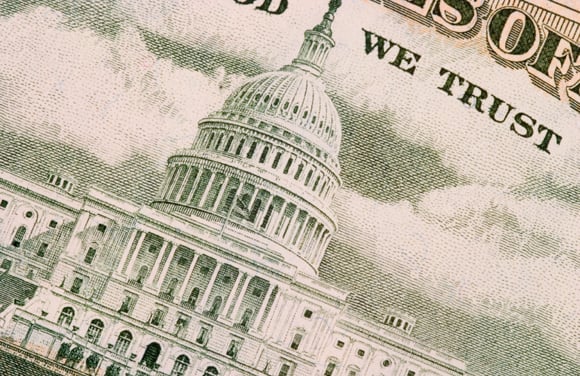The 2007-2009 recession gouged the world's largest economy more deeply than previously estimated and the recovery lost momentum throughout 2010 before stalling this year, revised figures show, painting a bleaker picture that may raise concern over the outlook for U.S. growth.
The 2007-2009 recession gouged the world’s largest economy more deeply than previously estimated and the recovery lost momentum throughout 2010 before stalling this year, revised figures show, painting a bleaker picture that may raise concern over the outlook for U.S. growth.
Gross domestic product shrank 5.1 percent from the fourth quarter of 2007 to the second quarter of 2009, compared with the previously reported 4.1 percent drop, the Commerce Department said today in Washington. The second-worst contraction in the post-World War II era was a 3.7 percent decline in 1957-58.
The depth of the economic slump better explains why the jobless rate doubled, climbing from 5 percent at the start of the downturn to a 26-year high 10.1 percent in October 2009. The strongest quarter of the recovery is now the first three months of last year. Growth decelerated every quarter thereafter.
“The overall recession is indeed deeper,” Steven Landefeld, director of the Commerce Department’s Bureau of Economic Analysis, told reporters this week. “This is the Great Recession, the deepest one we’ve had in the post-WWII era.”
The economy expanded at a 1.3 percent annual rate from April through June of this year, less than forecast, the Commerce Department’s advance report for the second showed. Growth in the prior three months was revised down to 0.4 percent from 1.9 percent. At $13.27 trillion in the second quarter, GDP has yet to surpass the pre-recession peak.
By the fourth quarter of 2009, the updated figures showed GDP was $205.5 billion less than previously reported, a cut equivalent to the size Ireland’s economy.
More Severe Recession
In 2008, the GDP contracted 0.3 percent rather than being little changed as previously estimated. It shrank another 3.5 percent in 2009, rather than 2.6 percent, and grew 3 percent last year, 0.1 percentage point more.
On a quarterly basis, the last three months of 2008 and first three months of 2009 showed the biggest cuts to growth, coinciding with the aftermath of the collapse of Lehman Brothers Holdings Inc. The fourth quarter of 2008 now shows an 8.9 percent plunge in GDP, marking the steepest single-quarter decline since 1958.
The deeper contractions in 2008 and 2009 were due to bigger declines in consumer spending and business investment than previously estimated.
Household purchases, which account for about 70 percent of the economy, shrank 1.9 percent in 2009, compared with a prior estimate of 1.2 percent and the biggest contraction since 1942.
2010 Slowdown
The improved GDP reading for 2010 belies a marked slowdown over the year. After expanding at a 3.9 percent annual pace in the first three months, now the strongest quarter of the recovery, growth cooled until reaching a 2.3 percent rate from October through December.
Companies fared better and workers worse over the past three years than previously estimated. Before-tax corporate profits adjusted for the value of inventories and capital depreciation were revised up by $264.9 billion over the period, led by improved earnings at financial institutions.
After-tax personal income adjusted for inflation rose 0.6 percent on average from 2008 to 2010, half the 1.2 percent prior estimate. It dropped 2.3 percent in 2009, revised from the last reported 0.6 percent gain, marking the first decrease since 1974 and the biggest since 1947. The cut is income estimates reflected reductions in dividends and interest payments.
Price measures including the Federal Reserve’s preferred inflation gauge -- which tracks consumer spending and excludes food and fuel -- were little changed during the 2008 to 2010 timeframe, the new figures showed. The so-called core PCE price index rose 1.4 percent in 2010, the new figures show, compared with 1.3 percent.
The revisions are part of the government’s annual updates derived from broader, more complete, surveys. Data back to 2003 were subject to revisions, and some components were updated for the entire history of the series, according to the Bureau of Economic Analysis. The biggest changes took place over the past three years.
--Bloomberg News







